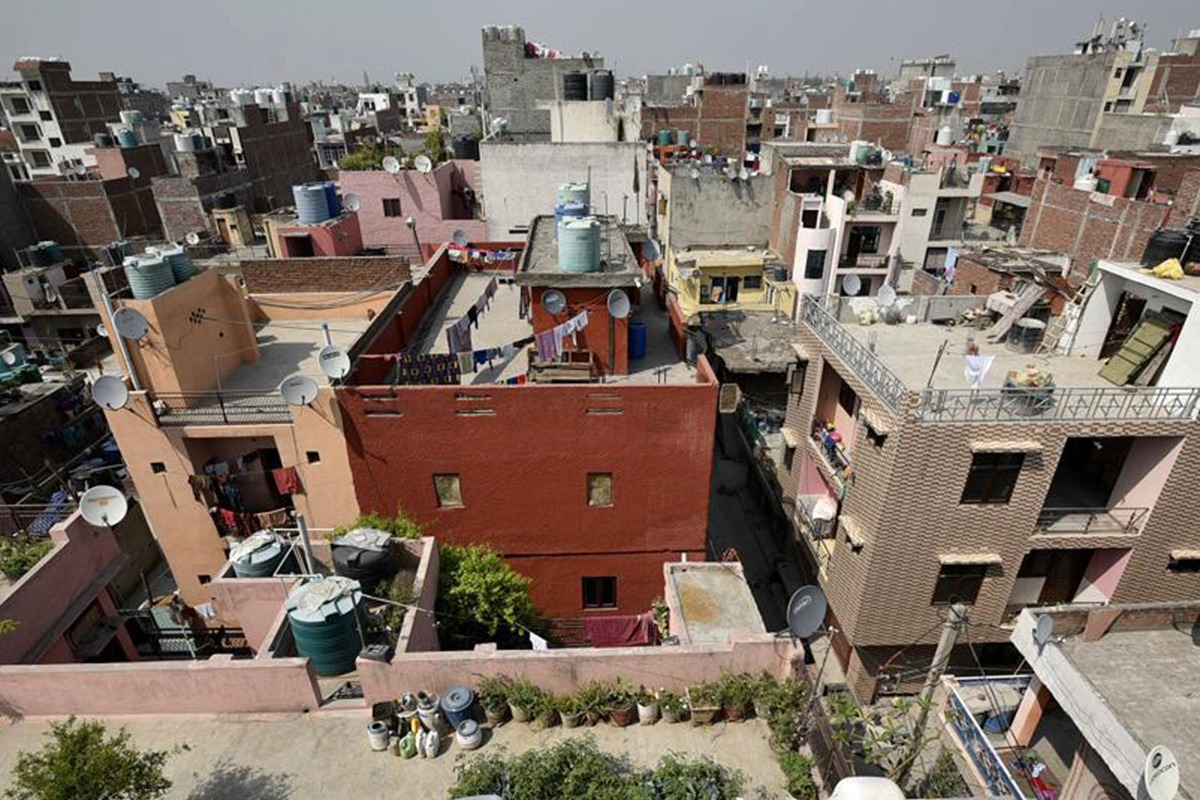

The tree-planting campaign near the Marol Naka metro station in Mumbai is a step in the right direction to reverse the effects of the effects of the urban concrete jungles and restore the city’s greenery and biodiversity.

The news of the ambitious afforestation campaign near Mumbai’s Marol Naka metro station is a welcome and refreshing departure from the usual and mundane annual tree-planting efforts that are often carried out as a token gesture or a cosmetic exercise. The endeavour, which aims to plant 10,200 tree saplings over a barren brown patch around the metro station near the Mithi River, is a sign of a strategic and comprehensive plan to address the environmental and urban challenges in the city.
Many Indian cities are facing a severe crisis in urban planning and development. They are grappling with issues such as population explosion, congestion, pollution, slums, floods, waste management, and climate change. The cities are also losing their green cover and open spaces, which are essential for the health and well-being of their residents and the ecology. According to a report by the Indian Institute of Technology Bombay, the cities have lost 60% of their vegetation and 65% of their water bodies in the last four decades. The cities have also witnessed a decline in their air quality and an increase in their heat island effect.
The tree-planting campaign near the Marol Naka metro station in Mumbai is a step in the right direction to reverse this trend and restore the city’s greenery and biodiversity. The undertaking, which is being driven by the local authorities, is not a one-time or a short-term activity but a long-term and holistic plan and other cities can take cues from this drive. The tree-planting campaign has a clear and realistic timeline of six months and a specific and measurable target of 10,200 saplings. The endeavour also has a clear and relevant purpose, which is to transform the barren patch into a green area and to improve the environmental and aesthetic quality of the metro station and its vicinity.
The tree-planting initiative also goes beyond the routine annual afforestation targets, which are often set without any proper planning or assessment of the ground realities. It is based on a scientific and systematic approach, which takes into account the soil condition, water availability, native species, and maintenance requirements of the saplings. The campaign also involves the participation and collaboration of various stakeholders, such as the metro authorities, the forest department, the municipal corporation, NGOs, and the local community.
The endeavour is a model and a catalyst for urban planning and development in the city and the country. It shows the need and the possibility of a comprehensive and strategic plan to address the urban and environmental challenges in a sustainable and participatory manner. It highlights the importance and the benefits of preserving and enhancing the green cover and open spaces in urban areas, which can improve the quality of life and the resilience of the city. It showcases the positive and visible change that can be achieved by a concerted and coordinated effort of the authorities and the community.
The tree-planting campaign near the Marol Naka metro station is a commendable and exemplary example of urban planning and development. It is a hope and an inspiration for all the cities in the country, which are in dire need of a green and smart urban plan.